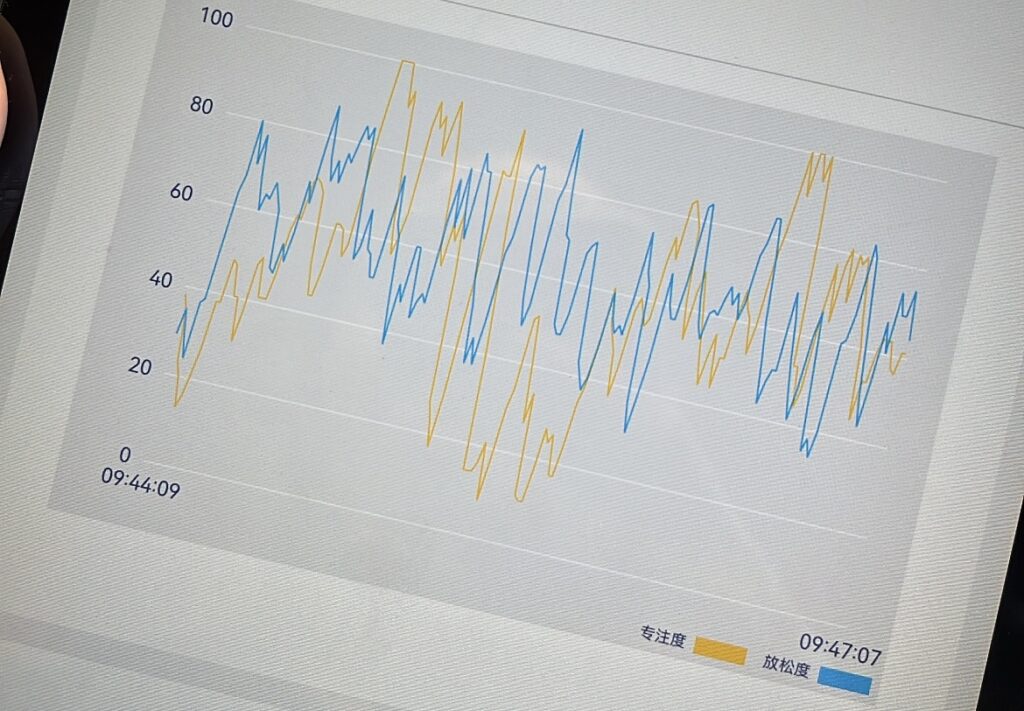As I have continued to build my argument, I have been reflecting on the ethical implications of the modern conception of mindfulness in therapeutic settings, and what a more ethical version of mindfulness could potentially look like.
Currently, the broadly accepted version of mindfulness is “a kind of nonelaborative, nonjudgmental, present-centered awareness in which each thought, feeling, or sensation that arises in the attentional field is acknowledged and accepted as it is” (Bishop et. al 2004). Critics of mindfulness demonstrate that this practice as a mainstream self-help technique lacks ethical and political dimensions and contributes to complacency in the status quo, perpetuating oppressive societal structures as a pacifist practice (Purser 2019, Chachignon et.al 2024).
I found it fascinating that mindfulness, in its Buddhist historical context, is conceptualized quite differently. The English word, mindfulness, has been used to translate the Buddhist Sanskrit term smrti, or sati in Pāli, which is an essential concept within the Buddhist practice of meditation. This word means to remember and keep in mind, which can be practiced through Buddhist meditative practices by focusing and being attentive to an object in one’s experience. Scholiast Buddhaghosa offers the following definition of sati within the Theravāda tradition:
“By means of it, they [i.e. other mental processes] remember (saranti), or it itself remembers, or it is simply just remembering (sarana). Thus it is mindfulness (sati). Its characteristic is not wobbling; its function is not to forget. It is manifested as guarding or the state of being face to face with an object.” (Nyānamoli Bhikkhu 1976)
Thus, the Buddhist concept of sati concentrates one’s attention on an object for future recollection, clearly in contrast with the ‘nonjudgmental and present-centered awareness’ that simply focuses on observing one’s inner experience in a disengaged manner. Hence, mindfulness in its Buddhist origins is defined moreso as a practice of attention to remain present with an object, shaping the retentive ability of the mind and allowing for integration and interpretation into one’s memory for future recollection (Dreyes 2011).
Based on the different conceptualization of mindfulness in its Buddhist origins, I have been thinking a lot about the potential to reform modern mindfulness to contextualize one’s observed inner experiences that could validate one’s responses to various social influences including valid emotional responses to social injustice.
I recently worked at a company that has created a device to measure your brain waves in three minutes to assess your current mental state, including your anxious levels, level of depressed mood, level of flow, and how ‘chaotic’ your mind is at the moment. They also have a corresponding application that reveals the results and also has a lot of meditation courses. The creators of the application believe that those who experience depression and anxiety symptoms can greatly benefit from mindfulness practice through disengagement from thoughts and feelings to cultivate inner peace and calm. As they asked for my suggestions on how to move forward with the app, I thought about how one’s context and various situations largely affect one’s thoughts and emotions, so I suggested that they could add a part to their application where they allow users to note down the situation in which they are in when they conduct the three minute mental state test. After doing so repeatedly, they can potentially recognize a pattern in which a certain situation or environment has led to similarities in their mental state which could help them gain awareness regarding how they are influenced by external factors. I wanted to challenge my coworkers to move away from the model that the individual is in complete control and responsible for their mental state, and instead focus on developing compassion, understanding, and awareness of how various situations affect them.



Works Cited
Bhadantacariya Buddhaghosa. The Path of Purification (Visuddhimagga) Translated from the Pali by Bhikkhu Nanamoli. 1975.
Bishop, Scott R., et al. “Mindfulness: A Proposed Operational Definition.” Clinical Psychology: Science and Practice, vol. 11, no. 3, 11 May 2004, pp. 230–241, https://doi.org/10.1093/clipsy.bph077.
Chachignon, Philippine , et al. “Mindfulness Research and Applications in the Context of Neoliberalism: A Narrative and Critical Review.” Social and Personality Psychology Compass, vol. 18, no. 2, 18 Jan. 2024, https://doi.org/10.1111/spc3.12936.
Dreyfus, Georges. “Is Mindfulness Present-Centred and Non-Judgmental? A Discussion of the Cognitive Dimensions of Mindfulness.” Contemporary Buddhism, vol. 12, no. 1, 1 May 2011, pp. 41–54, www.ahandfulofleaves.org/documents/Articles/Is%20mindfulness%20present-centred%20and%20non-judgmental%20A%20discussion%20of%20the%20cognitive%20dimensions%20of%20mindfulness_CB_Dreyfus_2011.pdf, https://doi.org/10.1080/14639947.2011.564815.Purser, Ronald E. McMindfulness : How Mindfulness Became the New Capitalist Spirituality. London, Repeater, New York, 2019.